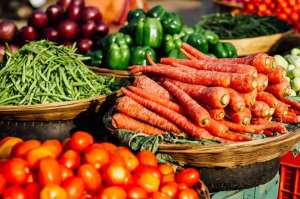
Ghana’s food system is facing a major paradox. While the country boasts fertile lands and a rich agricultural history, it still depends heavily on food imports to feed its people. In 2024 alone, Ghana spent a staggering GH₵38.95 billion on imported food, showing just how much the country relies on foreign markets to meet local demand.
The Ghana Statistical Service (GSS) puts it plainly that, “Grains, animals or vegetables, fats and oils, cereals, meat, sugar products, and fish collectively constitute over half (53.6%) of all food product imports into Ghana, reflecting a significant portion of the country’s food imports.”
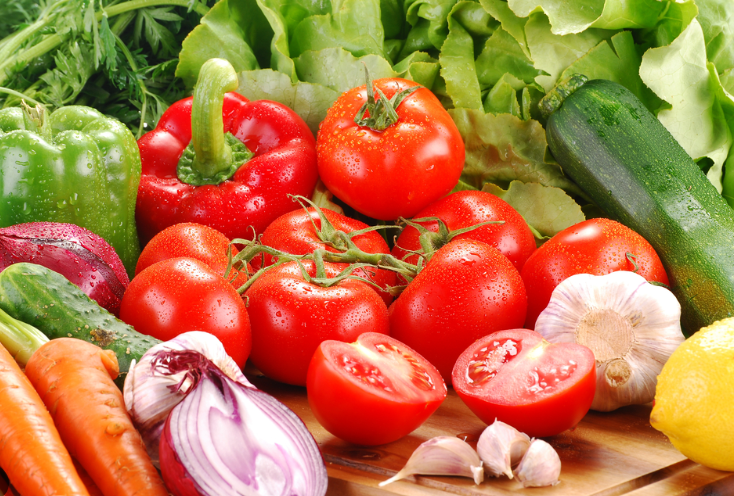
The GSS trade report further indicated that between 2023 and 2024, the value of food product imports rose by GH₵12.2 billion, while exports increased by GH₵12.6 billion. However, the share of food exports actually declined by 2.4 percentage points, whereas food imports increased by 0.8 percentage points.
This suggests that although Ghana is exporting more food in absolute value, its dependency on imports is growing faster than its ability to produce and export food competitively. But what exactly are we importing, and why?
What’s on Ghana’s Import Bill?
Top of the list is cereal grains, which alone cost Ghana GH₵3.37 billion in 2024. This makes up 8.6% of all food imports, suggesting that despite being an agricultural country, local cereal production still struggles to meet demand.
Meat imports are another major expense. Frozen cuts and offal of fowl (GH₵2.58 billion) and animal guts, bladders, and stomachs (GH₵2.69 billion) together account for 13.5% of total food imports.
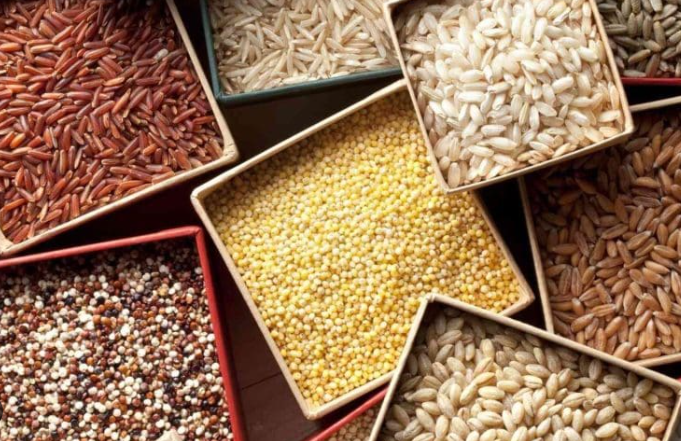
Then there’s sugar. Ghanaians have a sweet tooth, but most of the sugar they consume is imported. GH₵2.37 billion worth of powdered, crystal, or granulated sugar made its way into the country in 2024.
And here’s an unexpected twist, raw cocoa beans made it onto the top-ten list of imported food items, with a value of GH₵2 billion. Ghana is one of the world’s leading cocoa producers, so why is the country importing raw cocoa? Some experts suggest that this could be due to a need for specific grades or varieties of cocoa for local processing industries.
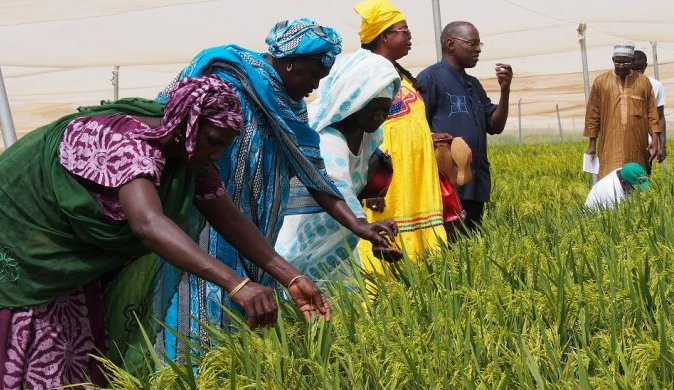
Rice is also a big-ticket item. Ghana spent GH₵1.98 billion on semi-milled or wholly milled rice and another GH₵1.07 billion on broken rice, meaning that rice imports alone accounted for 7.8% of total food imports.
Another surprising import category is shea products, both shea oil (GH₵1.86 billion) and shea nuts (GH₵1.62 billion) were heavily imported, even though Ghana is home to vast shea tree plantations.
Ghanaians also consume a lot of fish, but much of it isn’t locally sourced. The country imported GH₵1.26 billion worth of frozen fish (excluding fillets).

But the biggest category in food imports? “All other food products”, a broad category that accounted for 46.6% of total food imports, covering everything from processed foods to specialty agricultural products.
A Risky Dependence on Just a Few Countries
Perhaps the most concerning part of Ghana’s food import story is that just three countries account for over 53.0% of food imports in key categories like grains, cereals, meat, animal or vegetable fats and oils, and sugar products. This means that any disruption in trade from these countries, whether due to political instability, price hikes, or supply chain issues, could leave Ghana in a food crisis.
Meanwhile, Ghana’s Agriculture Faces Major Challenges
Ghana’s continued reliance on food imports isn’t just a coincidence, it reflects deep-rooted challenges in the local agricultural sector. Farmers still struggle with low productivity, limited access to modern farming technology, and the high cost of inputs like fertilizers and seeds. Climate change has made things worse, with erratic rainfall patterns and droughts affecting crop yields.
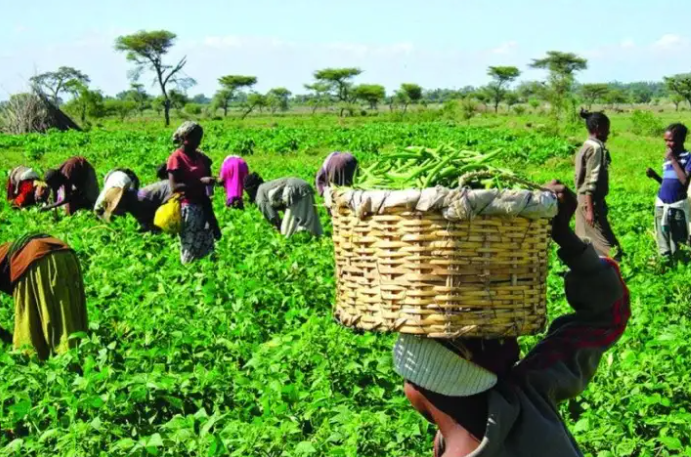
Additionally, post-harvest losses remain a major issue. A significant portion of locally produced food goes to waste due to poor storage facilities and inadequate processing infrastructure.
Food Inflation: The Silent Burden on Ghanaians
One of the biggest consequences of Ghana’s food import dependence is the impact on inflation. Food prices in Ghana have been a consistent driver of inflation, with the cost of basic staples rising sharply in recent years. The reliance on imported food means that Ghana is at the mercy of global price fluctuations, foreign exchange rates, and shipping costs, all of which contribute to rising food prices.
While food imports help meet demand, an overreliance on foreign supplies puts the country at risk. Without serious intervention, Ghana’s food import bill will continue to rise, along with the cost of living for everyday citizens.
Source: thehighstreetjournal.com


